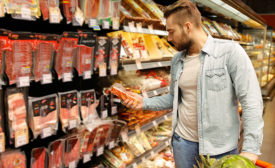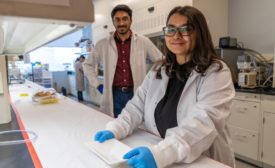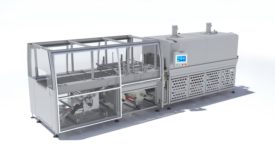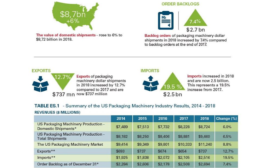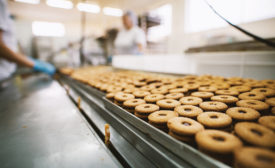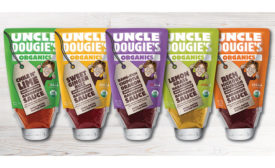Home » Keywords: » food packaging technology
Items Tagged with 'food packaging technology'
ARTICLES
COVER STORY
Meat, Poultry, Seafood Packaging: Doing More with Less
Companies involved in the packaging of meat, poultry and seafood are highly aware of consumers’ concerns about sustainable packaging, and they are taking action.
August 3, 2023
Technology
3 Ways AI is Changing the Food Industry
AI technology continues to propel the food industry at a rapid pace.
April 12, 2022
Machinery
Selecting the Right Sanitary Conveyor Platform for Food Packaging Application
Conveyors are a prime target for contamination, but understanding the nuance of how equipment works with specific applications ensures upgrade success.
March 8, 2022
Spotlight Feature
Using IIoT to Improve Packaging Line Performance
Incremental implementation of the IIoT by plant engineers and other experts is the best route to success.
September 10, 2019
Materials
The Uprising of Inverted Pouches
Meet the new packaging format that is turning product categories upside down.
May 16, 2019
Automation
How 4 OEMs Implemented PackML
Four OEMs share their experiences implementing PackML in machine design and build.
May 15, 2019


